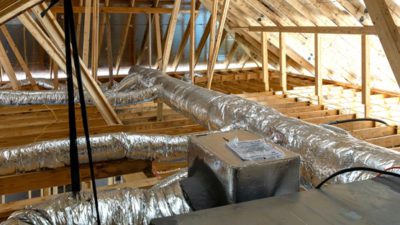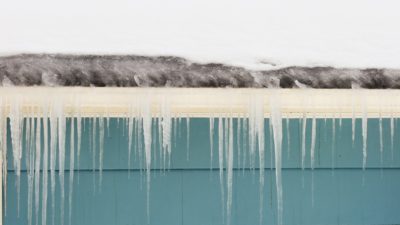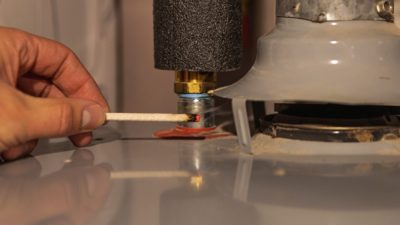You don’t have to be in the construction industry to know about knob and tube (K&T) wiring – you’ve probably at least heard of the antiquated wiring system which dates back to the 19th century. In fact, we still see it on our favorite home renovation shows and it exists in many older homes today.
So, why is it called knob and tube wiring? The name comes from the porcelain knobs and tubes that were the key components to the wiring installation. The wires were supported by porcelain knobs attached to the sides of framing members and they would be routed through protective porcelain tubes when, for example, they would need to pass through a joist.
The installation of K&T wiring was most popular in the U.S. between 1890 and 1910 but remained prominent up until the 1950s, although modified along the way.
In the 1930s, the hot and neutral wires were now run together (which were originally run separately) in one “rubberized fabric coating sheath.” A perk was a quicker installation, although it still lacked ground wire.
In the mid-1940s to early 1950s, the addition of ground wire came about, along with metal conduit, and a plastic-coated inner wire was introduced to the market.
Why is knob and tube wiring a hazard?
If you know anything about knob and tube wiring, it’s probably how hazardous it can be for homeowners and renters. The installation of knob and tube wiring is a thing of the past and is not allowed for any new residential or commercial construction projects. In fact, many insurance companies will not insure homes with live K&T wiring because of the risks involved like:
- Improper and unsafe modifications (because K&T wiring dates back so far, it is common to find adjustments or accommodations made to the wiring with an attempt to bring it up to date, but with incorrect or unsafe results)
- Insulation surrounding the wiring (the insulation around the wiring is a fire hazard which is the main reason that insurance companies are so wary (“K&T wiring is designed to dissipate heat into free air, and insulation will disturb this process. Insulation around K&T wires will cause heat to build up, and this creates a fire hazard.”)
- There is no grounding conductor (meaning no 3-pronged outlets) – this is another potential fire hazard, and appliance damage is also a risk with 2-pronged outlets because of the lack of surge protection
- Material deterioration – some installed materials will have deteriorated over time and no longer provide proper protection or functionality (for example, imagine a wiring system that was placed in a home in 1920 with materials that typically last 25 years or less – what would they be like now?)
Is knob and tube wiring removal expensive?
The price of the removal of K&T wiring varies, but if you’re a Massachusetts resident, you can get 0% financing through the Mass Save® program if it prevents you from moving forward with insulation or heating upgrades in your home. You could also finance the resolution of other barriers and concerns like vermiculite, mold, structural problems, and combustion safety issues which are common in historic homes.
For example, the Mass Save program offers big energy efficiency incentives like up to 100% off insulation and up to $10,000 in heat pump rebates. To qualify for rebates and incentives like these through the Mass Save program, the removal of knob and tube wiring could be required.
The good news is that all you need to do is get a no-cost Home Energy Assessment! A Home Energy Specialist will come out and evaluate your insulation and heating and cooling equipment, and discuss if there are any existing barriers (like knob and tube wiring) that would need to be resolved before moving forward with your energy efficiency upgrades.
You can sign up for an assessment at no cost here – it only takes a few minutes to schedule!
We’ll get you on the right path to a safe and energy-efficient home – and it’s always our goal at HomeWorks Energy to make it easy and affordable for you.
One home at a time, we are helping Massachusetts neighbors like you lower your energy costs, enjoy a more comfortable home, and gain peace of mind that your home is safe no matter when it was built.
Resources:





